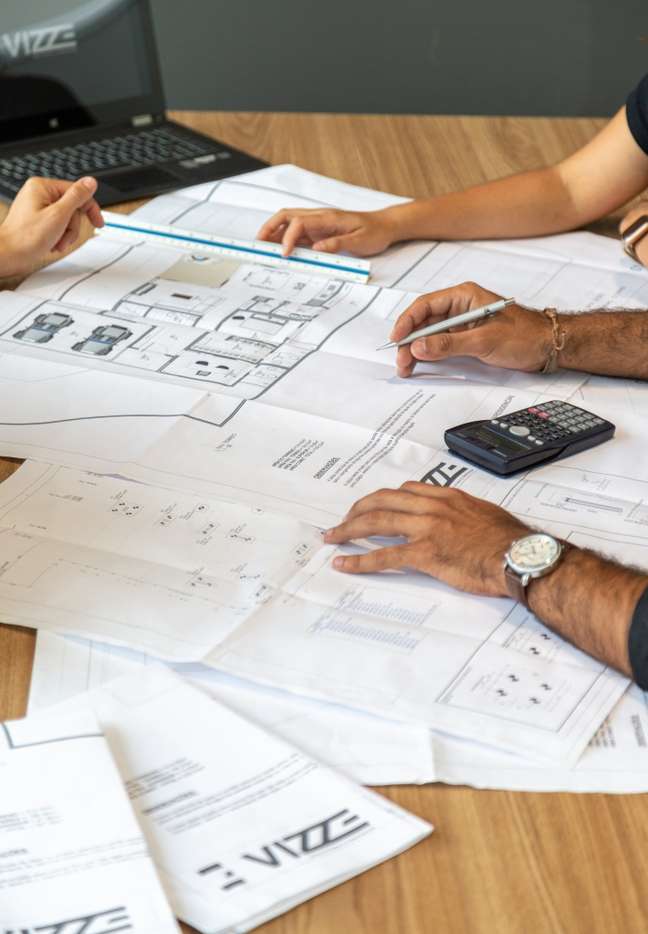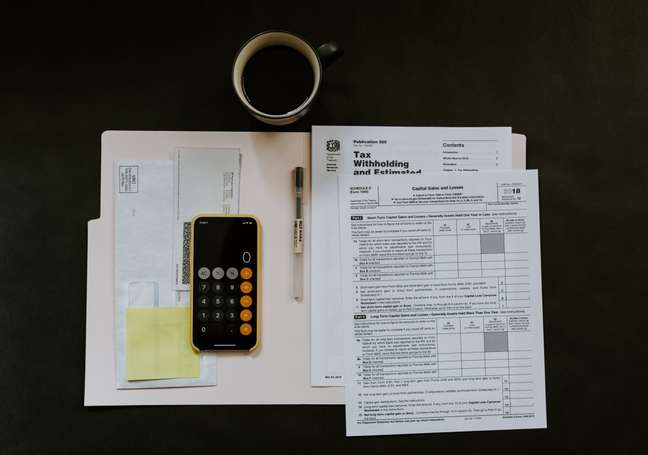Taíse Arioli, architect and Community and Partnership Leader at the Vobi platform, explains the importance of this phase and how to have the ideal model for your renovation

You think about renovating your house and then comes the question: how do I know how much I will spend? Whatever your investment roof, the first thing to do is enlist the help of an architecture and construction professional, who will be able to take care of the construction budget. It is a vital step to help you visualize all the investments that will be required for the execution of the project.
In this account enter the labor costs for services, item values and labor costs. Without this step, the reform is very susceptible to unforeseen events that can make the process more expensive and prolong.
Therefore, it is essential that the professional in charge of the work is aware of some points that can facilitate and save time in producing the budget and, consequently, in the project.
Next, architect Taíse Arioli, architect and Community and Partnerships Leader at the Vobi project management platform, lists some important points to keep an eye on. The platform is aimed at small and medium-sized enterprises of architecture, interior design and offices. Watch!
There are around three types of budgets which can be done, but each is like the other’s enhanced sequence:
-
- estimated cost
- balance of the preliminary work
- complete work budget.
Their choice is very personal and can be discussed with the architect accompanying the renovation.
1. Start by estimating the unit costs, direct and indirect

The ideal is to start the budget raise the prices of each of the services which will be implemented in the project. Therefore, it is important to map all the ideas of the people involved in the work. It is possible to realize it even without having the project in hand, through a quote.
But for this, you must have already done other similar work and have a budget for these previous projects. Therefore, you will be able to have an average cost of the type of scope and the services you usually offer to fit it.
Using this average value, you can find the indicative price per square meter of the project already carried out. This value can be presented to the customer in a more informal and practical way, but it is important to emphasize that it is an approximate value, that is, based on other previous experiences.
2. Quantity of labor
Moving on to the other phase, it is necessary to estimate the work problems, such as the quantity, the time of use of the equipment to start the services. It is also necessary to take into account indirect labor costs (water and electricity, for example), resulting financial values, among others. In addition, it is important to calculate the taxes on each service, taking into account the bureaucracy, licensing, labor, etc.
3. Tax burden and variables
Responsible for including all fees for issuing execution records, taxes and technical liability, the tax burden varies depending on the scope of the work to be performed. It is essential to present this to the client in the budget as it can affect profits and increase costs.
For a complete and reliable construction budget, several variables, such as weather issues, must be considered. For example, building construction in rainy periods takes longer to complete services. Therefore, it is necessary that the budget is aligned with these possible changes.
4. Selling price and calculation of indirect benefits and expenses

For the definition of the sale price it is advisable to study the price of similar properties in the market and in the region. This price will represent the value that the customer will be able to obtain from the sale of the completed project.
To calculate the BDI (Benefits and Indirect Expenses), a budgetary element that helps in the composition of all expenses, as an indication of the profit of the work, if it is for sale, comparing the compositions of unitary and direct costs to indirect costs, taxes and the desired profit. Then you need to apply the calculations to your budget using a simple formula: Direct Cost x (1 + BDI / 100).
5. Finalization of the budget
The last step is the conclusion of the budget with the total prices of each of the services, the labor, the estimated sales and the input values. The sum of these details will ensure that the job has fewer unexpected budgets, ensuring that the project achieves the desired result and minimizes financial stress.
“It is important to emphasize that each work is unique. Therefore, it is essential to consider all the details and produce a budget with all the necessary information, paying attention to each step to achieve the ideal result”, concludes Taíse.
Source: Terra
Benjamin Smith is a fashion journalist and author at Gossipify, known for his coverage of the latest fashion trends and industry insights. He writes about clothing, shoes, accessories, and runway shows, providing in-depth analysis and unique perspectives. He’s respected for his ability to spot emerging designers and trends, and for providing practical fashion advice to readers.








